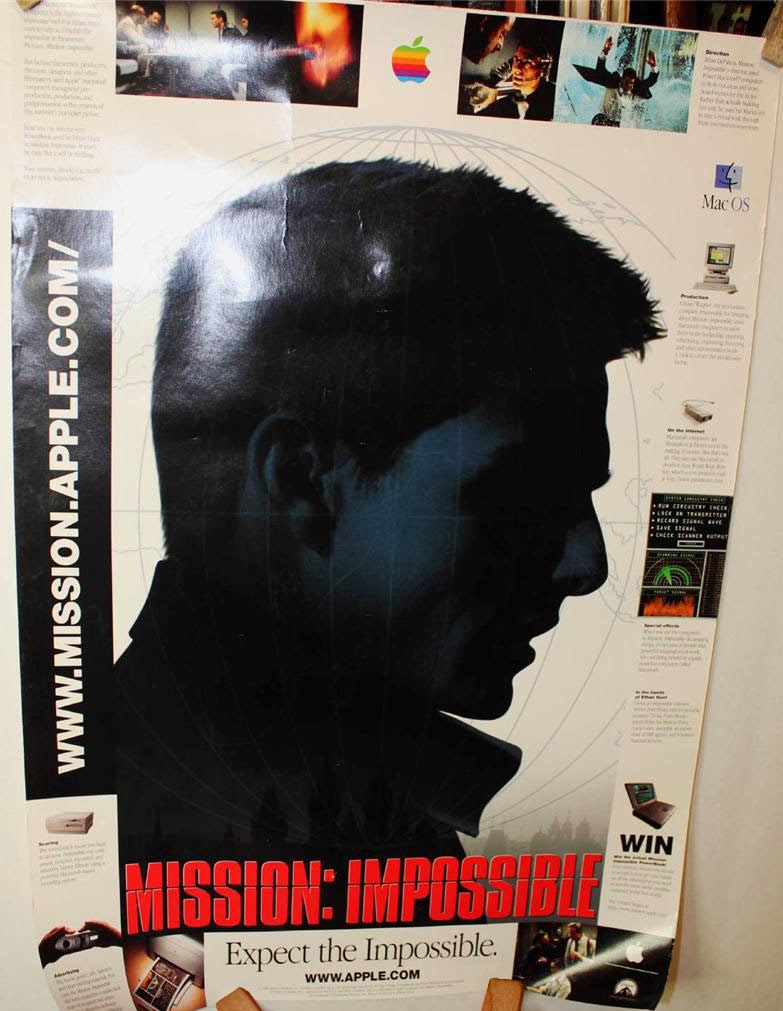
In April 1996, Apple launched its ambitious Mission: Impossible promotion, a $15 million campaign designed to capitalize on the release of the film starring Tom Cruise.This marketing effort aimed to spotlight the PowerBook 5300, the very device featured in the movie, at a time when Apple was struggling under the weight of a staggering $740 million quarterly loss.
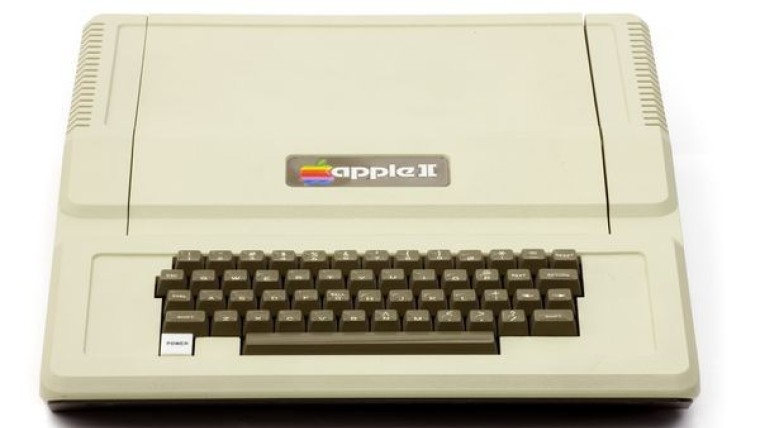
On April 17, 1977, the Apple II launch at the West Coast Computer Faire marked a pivotal moment in Apple history and the beginning of the personal computer revolution.This groundbreaking event introduced the world to Apple’s first mass-market computer, showcasing an elegantly designed machine that featured a keyboard, BASIC compatibility, and vibrant color graphics.
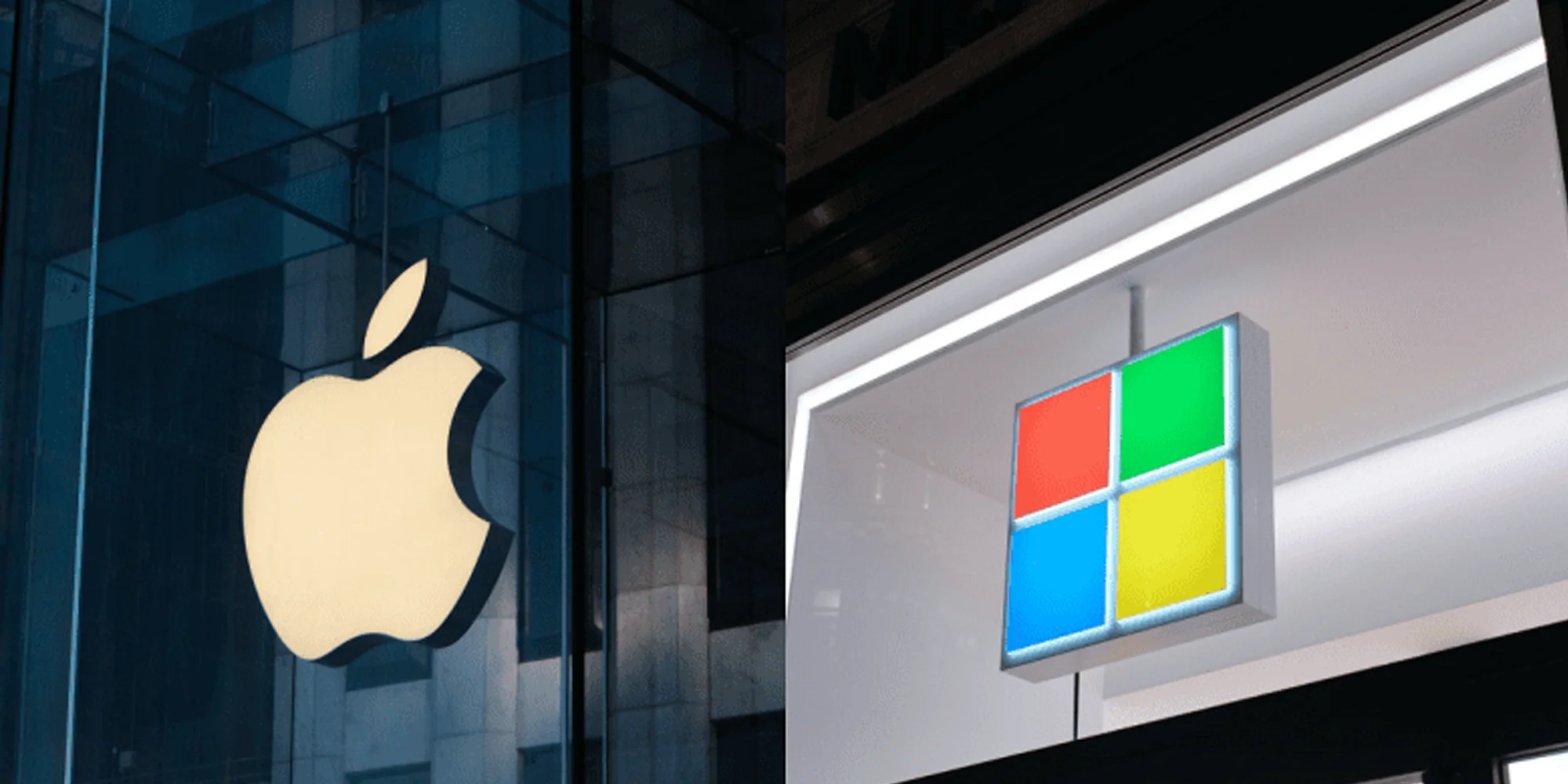
The Apple Microsoft rivalry has been an enduring saga in the tech world, capturing the attention of both consumers and industry insiders alike.This competition, often epitomized by the stark contrast between the sleek aesthetics of Macs and the practicality of PCs, emphasizes the ongoing debate of Apple vs Microsoft.
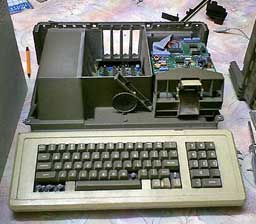
The Apple III failure remains a pivotal moment in the history of personal computing, marked by significant missteps that ultimately led to its downfall.Launched in May 1980, the Apple III was intended to be a robust business computer, but it was plagued by an overheating issue that severely compromised its reliability.
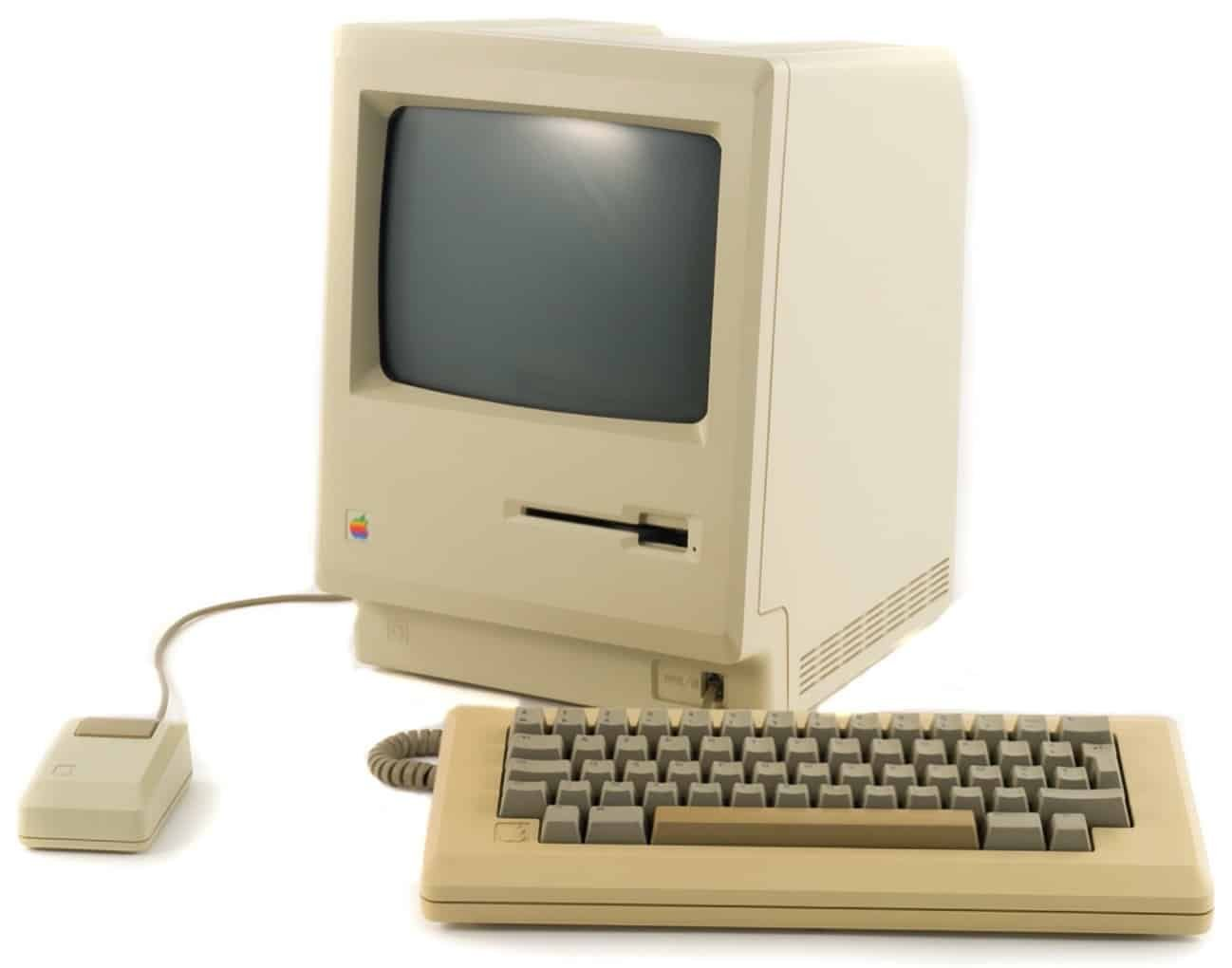
The Macintosh 512Ke, launched on April 14, 1986, marked a significant moment in the evolution of personal computing.As a low-cost Macintosh alternative, it sought to address early customers’ complaints regarding memory limitations in previous models, enhancing functionality with upgraded Mac 512Ke specs.
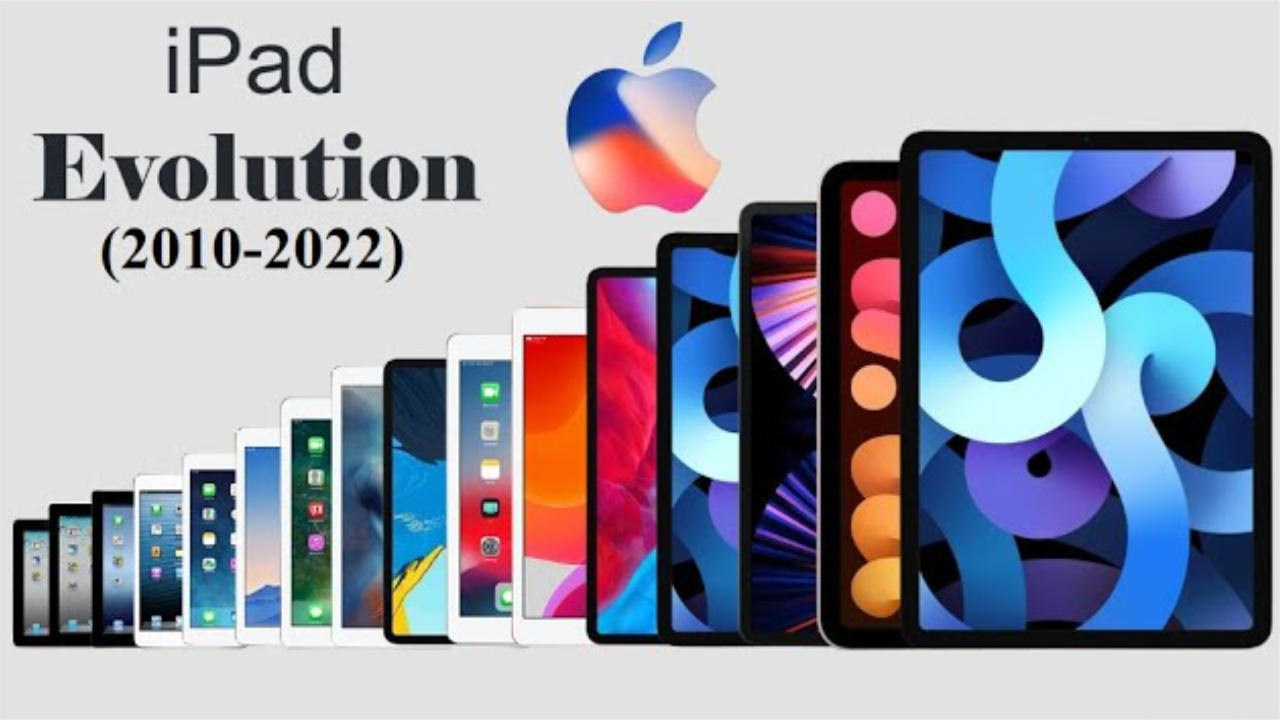
The history of the Apple iPad is marked by anticipation and innovation, beginning with early iPad rumors that hinted at its development as far back as 2005.Apple co-founder Steve Jobs was known to have explored the concept of a tablet, fueled by his fascination with minimalist design, despite his public denials about a tablet device.

Ron Wayne, often overshadowed by his more famous counterparts, is known as the lesser-known Apple co-founder who made a pivotal decision that changed the course of tech history.In April 1976, Wayne, who had worked alongside Steve Wozniak at Atari, chose to cash in his shares of Apple for a mere $800, relinquishing his 10% stake in what would become a global technology giant.

The Apple-1 stands as a monumental milestone in Apple computer history, marking the company’s foray into the world of computers on April 11, 1976.Designed by the visionary Steve Wozniak, this groundbreaking machine was sold through the entrepreneurial spirit of Jobs, who repurposed their personal items to finance its creation.

John Sculley, the former president of PepsiCo, made a pivotal shift in Apple history when he took the reins as Apple’s third CEO on April 8, 1983.At the time, he had no experience in the technology sector, but was drawn to the company by Steve Jobs, who famously challenged him with the enticing question, “Do you want to spend the rest of your life selling sugared water, or do you want a chance to change the world?” This bold move marked the beginning of a new chapter in the Apple CEO transition, as Sculley aimed to apply his marketing prowess to the innovative world of personal computing.

On April 9, 2007, the celebration of iPod sales milestone echoed throughout the tech world, as Apple proudly announced it had sold its 100 millionth iPod.This remarkable feat came just five and a half years after the iconic device hit the market, firmly establishing the iPod as Apple’s most beloved product before the rise of the iPhone.